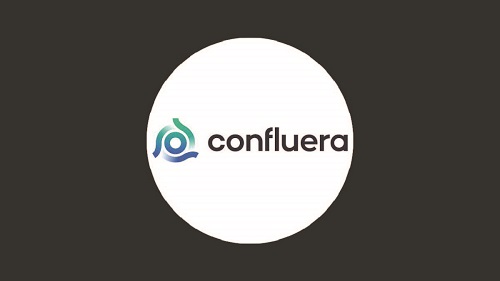Confluera, a provider of next-generation cloud cyber-attack detection and response, released findings of its latest research report, which explores how IT leaders detect, evaluate and act against cybersecurity threats in today’s cloud environment.
The study, “2022 Cloud Cybersecurity Survey Report,” showcases the perspective of 200 U.S. IT leaders at medium- to large-sized organizations and how they are tackling the complex remote, cloud-centric IT security landscape.
Most organizations are accelerating their cloud adoption with 97 percent of IT leaders surveyed stating their strategy includes the expansion of cloud deployments. The strategy includes expansion in scale and in many cases, the adoption of multiple platforms such as AWS, Google Cloud and Azure. This strategy has challenges, however. Approximately, 63 percent of IT professionals identified cyberthreats designed to target cloud services as the major obstacle.
Cloud and multi-cloud adoption has increased the workload of already burdened IT teams. Of the 200 IT leaders surveyed, only about half of the respondents said they are staffed adequately to manage the frequency of alerts they receive.
IT teams spend 54 percent of their time investigating security alerts, with more than half of those alerts turning out to be false or benign alarms. As threats within the cloud proliferate, IT leaders look for solutions to help them separate the signal from the noise, so they can act on the real threats promptly. Some key findings of the survey are below:
- More than 65 percent of IT leaders said cloud IaaS adoption (AWS, Azure, Google Cloud, etc.) was the primary contributor to their increased workload in 2021
- 69 percent said maintaining consistent cybersecurity coverage across all cloud infrastructures is among the challenges associated with adopting multiple cloud platforms
- Nearly 50 percent said securing the resources to manage different cloud infrastructures
- Nearly 45 percent identified the difficulty detecting threats progressing from one cloud infrastructure to another
“While accelerated cloud adoption continues to be a critical element in adapting to the new way of doing business, it has strained IT leader’s ability to manage their workload,” said John Morgan, CEO of Confluera. “Organizations need to ensure proper people, processes, and tools are in place for the team to expand the complex cloud environments without sacrificing their attention to security.”
Morgan continued, “To make matters worse, the Great Resignation has demonstrated the burnout that workers across the U.S. economy are feeling, and nowhere is this burnout more obvious than in the cybersecurity teams. Organizations must ensure frequent conversations between executives and cybersecurity managers to ensure they are well equipped to adequately manage alerts, maintain systems, and avoid burnout within their teams.”
Other key findings include:
- 85 percent of IT leaders said they experienced increased workload due to shift in work model including remote workers
- Nearly 70 percent of IT leaders said the change in work model has made it more difficult to keep company resources secure
- Nearly 59 percent of all alert investigations turn out to be false alarms or benign activities
- 90 percent of IT leaders said they create threat storyboards but close to 60 percent rely on third-party services to create storyboards after the incident
Not all findings in the report were so glum, however. In a positive sign, 84 percent of IT leaders were optimistic about their cybersecurity readiness for 2022. Most respondents note the availability of new cybersecurity tools as the reason for their positive outlook, with 59 percent saying a detection and response solution for the cloud, or CxDR, is the innovation they are most excited about for future deployment.










